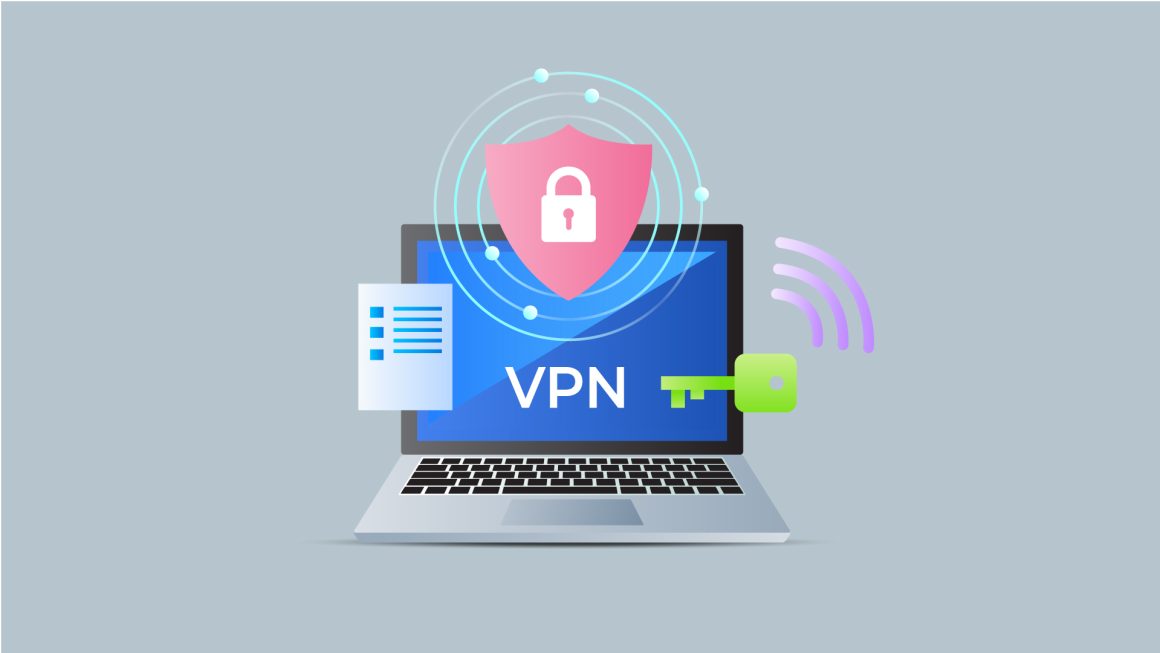With the ongoing pandemic, keeping our surroundings clean and free from germs has become more important than ever. One of the most popular methods of sterilization is the use of ultraviolet (UV) light. UV light is a highly effective way to eliminate viruses and bacteria from surfaces, and it has been used for decades in various industries, including hospitals and food processing plants. In this article, we will explore how UV light sterilization works and its benefits.
What is UV Light Sterilization?
UV light sterilization, also known as ultraviolet germicidal irradiation (UVGI), is a process that uses cleanpod uvc sterilizer to kill or inactivate microorganisms. The light damages the DNA or RNA of viruses and bacteria, preventing them from reproducing and rendering them harmless.
How Does UV Light Sterilization Work?
There are three types of UV light, known as UVA, UVB, and UVC. The type of UV light used for sterilization is UVC, which has a wavelength of 254 nanometers. UVC light is absorbed by the DNA or RNA of viruses and bacteria, disrupting their structure and preventing them from reproducing.
UV light sterilization can be done in two ways: direct and indirect. Direct sterilization involves exposing the surface to be sterilized directly to UV light. This is typically done using UV lamps or handheld UV wands. Indirect sterilization involves using UV light to sterilize the air, which then reduces the number of bacteria and viruses on surfaces.
Benefits of UV Light Sterilization
UV light sterilization has several benefits, including:
Effective against a wide range of microorganisms: UV light can kill or inactivate a wide range of microorganisms, including bacteria, viruses, and fungi.
Chemical-free: Unlike other sterilization methods, such as chemical disinfectants, UV light sterilization does not leave any residue on surfaces or pose a risk of toxicity.
Safe: UV light sterilization is a safe and non-toxic method of sterilization. However, it’s essential to ensure that individuals do not have direct exposure to the UV light, as it can cause skin and eye damage.
Time-efficient: UV light sterilization is a quick and efficient method of sterilization. It takes only a few minutes to sterilize a surface, and the area can be used immediately after sterilization.
Applications of UV Light Sterilization
UV light sterilization has several applications, including:
Healthcare: UV light is widely used in healthcare settings, including hospitals, clinics, and laboratories. It is used to sterilize medical equipment, surfaces, and air to prevent the spread of infections.
Food industry: UV light is used in the food industry to sterilize surfaces, equipment, and packaging materials.
Water treatment: UV light is used to disinfect drinking water and wastewater.
Home and personal use: UV light can be used to sterilize surfaces, such as kitchen countertops, bathroom surfaces, and electronic devices.
In conclusion, UV light sterilization is a safe, effective, and chemical-free method of sterilization. It is widely used in various industries and has several applications, from healthcare to the food industry and personal use. By understanding how UV light sterilization works, we can ensure that we are taking the necessary precautions to keep ourselves and our surroundings clean and free from germs.
If you want to get more information cleanpod uvc sterilizer then techbusinesinsider.com provides you all information cleanpod uvc sterilizer.



